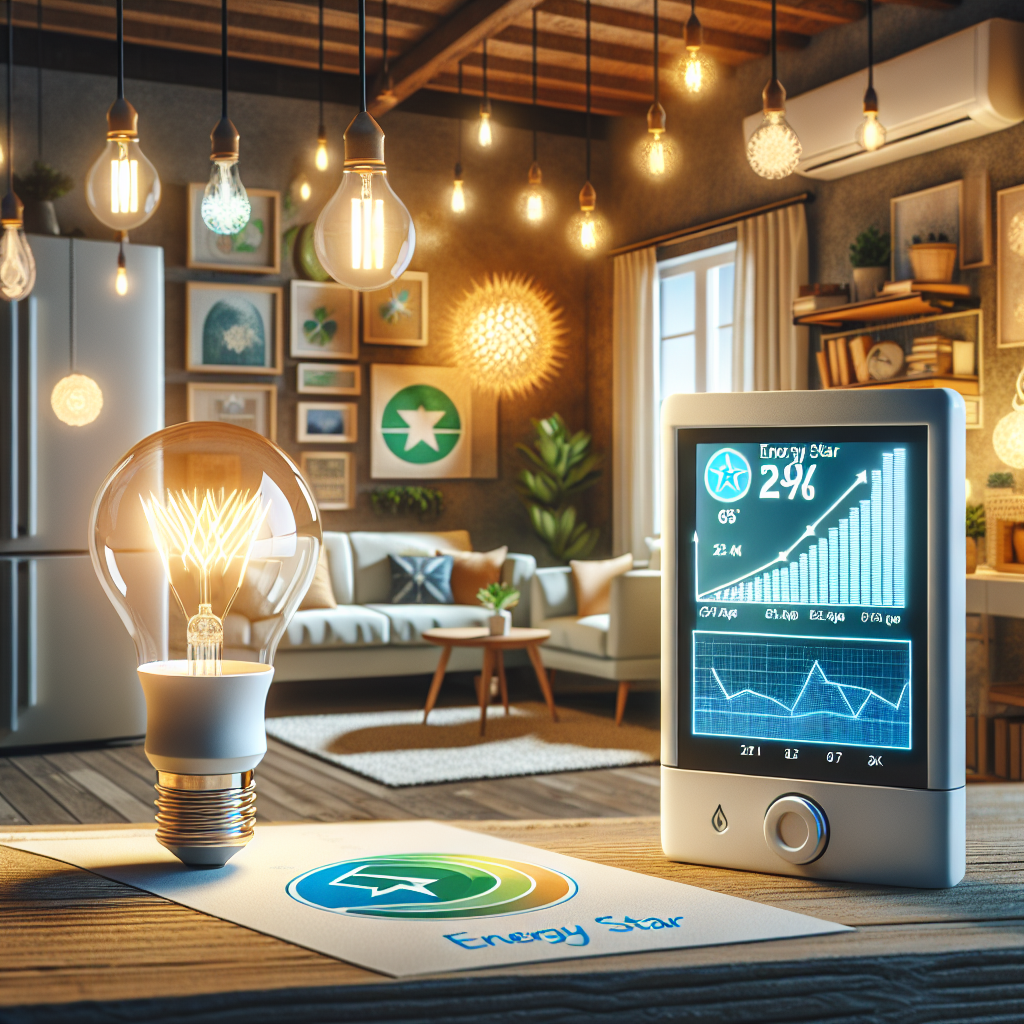As the world continues to grapple with climate change and rising energy costs, finding sustainable living solutions has become more important than ever. One of the most effective ways to reduce your energy consumption is by incorporating energy-efficient lighting and appliances into your home. Not only can these choices lower your energy bills, but they also work hand-in-hand with your heating and cooling strategies to create a more comfortable living environment.
The Importance of Energy Efficiency
Energy efficiency refers to the use of less energy to perform the same task. With the advancement of technology and an increased awareness of environmental issues, energy-efficient products have seen a surge in popularity. From light bulbs to refrigerators, energy-efficient devices consume significantly less power while providing the same functionality as their traditional counterparts.
Why Choose Energy-Efficient Lighting?
Lighting typically accounts for a substantial portion of a household’s energy consumption. By opting for energy-efficient lighting options, homeowners can significantly reduce this cost.
Benefits of Energy-Efficient Lighting
- Cost Savings: Switching to LED or CFL bulbs can reduce lighting costs by up to 75% compared to traditional incandescent bulbs.
- Longer Lifespan: Energy-efficient bulbs last much longer than incandescent options—up to 25 times longer.
- Environmentally Friendly: Reduced energy consumption means fewer carbon emissions, contributing to a healthier planet.
How Lighting Affects Heating and Cooling
Did you know that your choice of lighting can impact your home’s heating and cooling efficiency? Incandescent bulbs generate a significant amount of heat, which can raise your home’s temperature in warmer months, placing additional stress on your air conditioning system. By switching to LED or CFL bulbs, you can keep your home cooler while reducing energy usage, ultimately making your heating and cooling strategies more effective.
Energy-Efficient Appliances: A Smart Investment
Investing in ENERGY STAR-rated appliances is another key component of an energy-efficient home. These appliances are designed to use less energy and water than standard models, providing maximum performance with minimum resource consumption.
Benefits of Energy-Efficient Appliances
- Lower Energy Bills: While the initial cost of energy-efficient appliances may be higher, the long-term savings often outweigh these costs, leading to substantial reductions in energy bills over time.
- Performance: These appliances often outperform their less-efficient counterparts, offering improved features and functionalities.
- Resale Value: Homes equipped with energy-efficient appliances often have greater market appeal, potentially increasing their resale value.
Aligning Appliances with Heating and Cooling Needs
Energy-efficient appliances, like refrigerators and washing machines, often generate less heat than traditional models. This characteristic can help maintain a stable indoor temperature, reducing the workload on your heating and cooling systems. By strategically selecting appliances that complement your home’s temperature control, you can enhance energy efficiency and comfort.
Effective Strategies for Integrating Energy Efficiency
To maximize the benefits of energy-efficient lighting and appliances in your home, consider implementing these strategies:
1. Conduct an Energy Audit
Start by assessing your home’s current energy usage through an energy audit. This process will help identify where you can make energy-efficient improvements, from lighting to appliances.
2. Choose the Right Products
When selecting lighting and appliances, look for ENERGY STAR labels and check for efficiency ratings. The more efficient the product, the greater the potential savings on both energy bills and environmental impact.
3. Create an Energy Management Plan
Pair your energy-efficient lighting and appliances with effective heating and cooling strategies. For example, set your thermostat to an optimal temperature and invest in programmable thermostats that can be adjusted based on usage patterns.
4. Regular Maintenance
Make it a point to maintain your appliances, heating, and cooling systems for optimal performance. Clean filters, check seals, and replace worn parts to ensure everything operates efficiently.
Conclusion
Adopting energy-efficient lighting and appliances is not just a trend; it’s a smart, economical, and responsible choice for any homeowner. These products not only promote sustainability but also work synergistically with your heating and cooling strategies to create a more comfortable living space. As we move toward a greener future, making these small changes can lead to significant impacts—both for your wallet and the planet. So, take the plunge, and invest in energy efficiency today for a brighter and more sustainable tomorrow!


